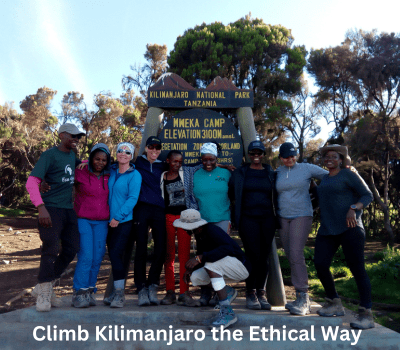What Are the Different Routes to Climb Kilimanjaro?
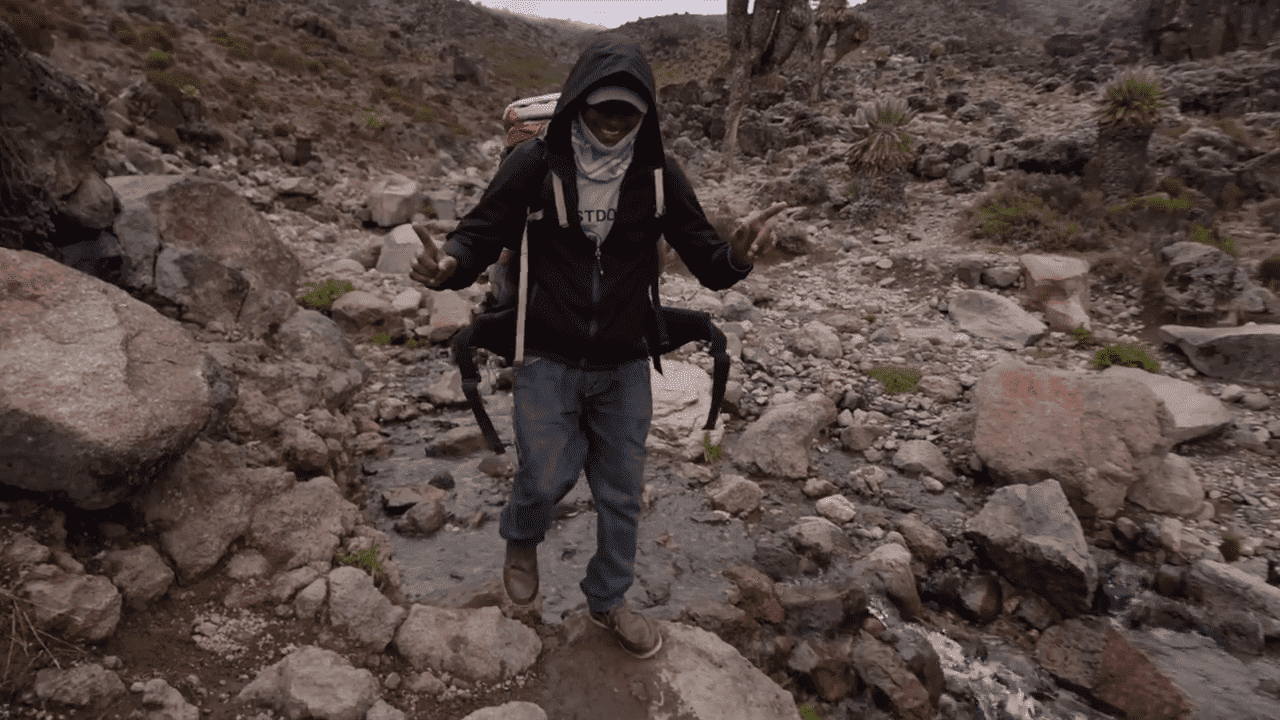
Introduction: Why Route Choice Matters
Mount Kilimanjaro, Africa’s highest peak at 5,895 meters, offers a range of trekking routes—each with its own personality. Choosing the right path isn’t just about scenery—it can be the deciding factor between summit success and altitude sickness, crowded trails and peaceful solitude, or comfort and extreme challenge.
There are seven main trekking routes officially sanctioned by Kilimanjaro National Park. Each one varies in terms of scenery, acclimatization profiles, duration, and difficulty. At Eco-Africa Climbing, we help you match your ability, time, and travel goals with the ideal path to Uhuru Peak.
Let’s dive into a complete breakdown of each route—starting with the most popular and scenic trails.
Overview of Kilimanjaro’s Official Routes
There are seven main Ascend Trekking routes to the summit of Kilimanjaro:
Each route has different start points, terrain types, and acclimatization profiles. Some are best for experienced trekkers, while others are designed for first-time climbers who want a higher chance of success. In the sections below, we break down the top choices in detail.
Lemosho Route: The Scenic Favorite
The Lemosho Route is one of the most popular routes on Kilimanjaro—and for good reason. Known for its rich variety of landscapes and excellent acclimatization profile, Lemosho begins in the lush rainforest of the western slopes and ascends gradually across diverse ecological zones.
Key highlights:
- Starts from the western gate, offering a quieter beginning
- Connects with the Machame Route near Lava Tower
- Minimum of 7 days, ideal with 8 for acclimatization
- Low traffic early on, high summit success rates
We often recommend this route for beginners, photographers, and those wanting a well-rounded Kilimanjaro experience. The scenic variety—from rainforest to alpine desert—makes every day feel like a new adventure.
Northern Circuit Route: The Longest and Most Remote
The Northern Circuit Route is the longest route on Kilimanjaro, usually completed over 9 days. It offers unparalleled acclimatization and is the most remote path to the summit.
Why it stands out:
- Longest duration = best acclimatization = highest success rate
- Circles around the northern slopes, away from crowds
- Starts via Lemosho and veers north after Shira Plateau
- Ideal for those seeking solitude and gradual ascent
If you’re worried about altitude sickness or want to maximize your summit chances, this is the gold-standard route. It’s perfect for travelers who have the time and want a truly immersive Kilimanjaro experience.
Machame Route: Popular and Picturesque
Nicknamed the “Whiskey Route,” the Machame Route is one of the most scenic—and most popular—trekking routes up Kilimanjaro. It starts on the southern side of the mountain and joins the Lemosho path near Shira Camp.
Why climbers love it:
- Stunning views from Day 1
- Good acclimatization profile with “climb high, sleep low” pattern
- More physically demanding than Marangu or Rongai
- Typically done in 7 days
While the route can get crowded, its beauty makes up for it. Trekkers cross five ecological zones and often say Machame is the most visually rewarding path to the summit.
Marangu Route: The Only Route With Huts
The Marangu Route, often called the “Coca-Cola Route,” is unique among Kilimanjaro routes as the only one offering hut accommodations instead of tents. It is also one of the oldest and most direct paths to Uhuru Peak.
Key features:
- 5–6 day itineraries available (5 days = higher risk of AMS)
- Shared dorm-style huts with mattresses and solar lighting
- Gentle ascent but quicker elevation gain = lower success rate
- Same route used for both ascent and descent
This route is ideal for trekkers who prefer not to camp or want a shorter itinerary. However, the lack of acclimatization days means we recommend it primarily to younger, fitter, or experienced climbers.
Rongai Route: The Only Northern Approach
The Rongai Route starts near the Kenyan border and is the only trail that begins on Kilimanjaro’s northern side. This route is drier, quieter, and offers a unique view of the mountain’s remote slopes.
Why choose Rongai:
- Low traffic throughout the trek
- Gentle incline, good for beginners and older climbers
- Better for rainy seasons (less precipitation)
- 7-day option highly recommended for proper acclimatization
Rongai is best for those seeking a peaceful experience and a gradual climb. It’s a favorite among families and trekkers concerned about crowds or wet conditions.
Shira Route: A High-Altitude Start
The Shira Route is closely related to the Lemosho Route but starts at a much higher elevation—over 3,500 meters. This makes it more challenging for acclimatization but quicker to reach the higher slopes.
Key notes:
- Shares most of its path with Lemosho after Shira Plateau
- Requires solid pre-acclimatization to avoid AMS symptoms early
- 7–8 day itineraries available
This route is suited to experienced trekkers or those coming from recent high-altitude adventures. For most beginners, we recommend Lemosho instead due to its lower starting altitude and safer acclimatization.
Umbwe Route: The Steepest and Toughest
The Umbwe Route is Kilimanjaro’s most direct and most difficult path. It’s known for being steep, physically demanding, and unsuitable for anyone who hasn’t trained seriously or trekked at altitude before.
Umbwe Route summary:
- Shortest and steepest route—typically 6 days
- Poor acclimatization profile (not recommended for beginners)
- Low traffic and high challenge
- Spectacular views and raw mountain energy
Umbwe is reserved for seasoned trekkers who enjoy pushing their limits. With minimal acclimatization time, this route has one of the lowest summit success rates unless extra days are added.
Quick Comparison of Kilimanjaro Routes
| Route | Duration | Success Rate | Difficulty |
|---|---|---|---|
| Lemosho | 7–8 Days | High | Moderate |
| Northern Circuit | 9 Days | Very High | Moderate |
| Machame | 7 Days | High | Moderate to Challenging |
| Marangu | 5–6 Days | Lower | Easy to Moderate |
| Rongai | 6–7 Days | Moderate | Easy to Moderate |
| Shira | 7–8 Days | Moderate | Challenging (High start) |
| Umbwe | 6 Days | Low | Very Challenging |
How to Choose the Best Kilimanjaro Route for You
With so many options, choosing the right Kilimanjaro route may feel overwhelming. But it doesn’t have to be. Here’s a simple breakdown based on your priorities:
| Priority | Recommended Route | Why |
|---|---|---|
| Highest Success Rate | Northern Circuit | Longest and best acclimatization |
| Most Scenic | Lemosho Route | Diverse landscapes, quiet start |
| Best for Rainy Season | Rongai Route | Dryer north-side approach |
| Shortest Route (Low Budget) | Marangu Route | 5–6 day option, huts instead of tents |
| Most Challenging | Umbwe Route | Steep and physically intense |
Not sure what suits your group best? Contact our team at Eco-Africa Climbing for a custom consultation based on your goals, fitness level, and travel dates.
Why Your Route Impacts Your Safety and Summit Success
Route selection isn’t just a comfort decision—it’s a safety one. Altitude sickness (AMS) is the number one reason trekkers fail to summit Kilimanjaro. Picking a route that allows time to acclimatize is critical, especially for first-timers or those with limited high-altitude experience.
Key safety considerations:
- Acclimatization profile: Routes like Northern Circuit and Lemosho allow gradual elevation gain
- Daily elevation changes: “Climb high, sleep low” routes like Machame improve adaptation
- Route traffic: Less crowded trails mean more personal care and better hygiene
- Rescue accessibility: Popular routes like Machame and Marangu have quicker access to ranger posts and evacuation support
When you climb with Eco-Africa Climbing, our guides carry oxygen tanks, pulse oximeters, and monitor your vitals daily—no matter which route you choose.
Who Should Avoid Shorter Kilimanjaro Routes?
While routes like the 5-day Marangu or the 6-day Umbwe may seem appealing for budget or time reasons, they’re not suitable for everyone.
Avoid shorter itineraries if you:
- Have no prior experience at high altitudes
- Are older than 50 or younger than 15
- Have any history of altitude-related illness
- Are aiming for a high summit success rate
Shorter routes often skip acclimatization days, putting trekkers at greater risk for AMS and lowering their chance of success. Choose longer, slower options for a safer, more rewarding climb.
Can I Combine My Climb With a Safari or Beach Trip?
Absolutely! Many climbers extend their adventure with a safari to Serengeti, Ngorongoro, or Tarangire—or relax on the white sands of Zanzibar.
Popular post-climb combinations:
Just let us know your goals, and Eco-Africa Climbing will build a custom itinerary with ethical, eco-friendly operators and full support before and after your trek.
Conclusion: Choose the Right Route for a Life-Changing Climb
Every Kilimanjaro route has its magic—and its challenges. Whether you’re craving panoramic views, quiet solitude, or the highest possible summit success rate, there’s a trail for you. The key is choosing the one that matches your goals, fitness, and available time.
At Eco-Africa Climbing, we guide you through that decision with expertise, honesty, and deep local knowledge. No matter which path you take, our experienced team ensures safety, acclimatization, and memories that last a lifetime.
Frequently Asked Questions (FAQs)
What’s the best route for first-time climbers?
We recommend the Lemosho Route or Northern Circuit for their excellent acclimatization profiles and high success rates.
Which route has the best scenery?
Most climbers agree the Lemosho Route is the most scenic, offering lush rainforest, alpine desert, and glacier views.
What is the easiest route to climb?
While “easy” is relative on Kilimanjaro, the Marangu Route is the least physically demanding thanks to hut accommodations and gentle slopes—but it has a lower success rate due to quick elevation gain.
Which route is best in the rainy season?
The Rongai Route is the driest and best suited for wet months like April and November.
Can I do a private group or solo climb on any route?
Yes. All routes are available for private treks. We recommend this for families, seniors, or those wanting a more personal experience. Reach out to Eco-Africa Climbing to customize your climb.
Plan Your Perfect Kilimanjaro Route With Us
Not sure where to start? Whether you’re planning for a solo challenge, a couple’s trek, or a large group, our team is here to guide you every step of the way. We’ll help match your fitness level, travel dates, and interests to the perfect route.
Explore our top recommended routes here:
- 8 Days Lemosho Route
- 9 Days Northern Circuit Route
- 7 Days Machame Route
- 7 Days Rongai Route
- 6 Days Marangu Route
Ready to book or have questions? Visit our Kilimanjaro booking request page or contact us directly.
Share:
Related Posts
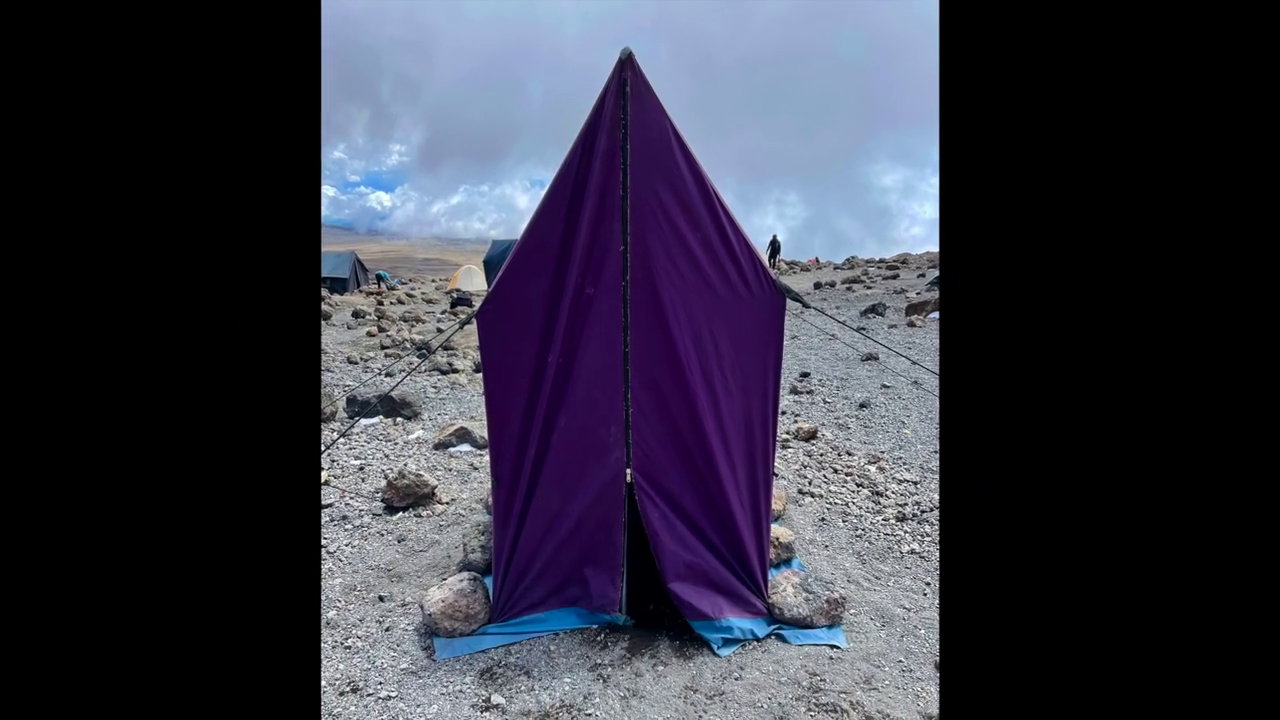
bathroom on mountain kilimanjaro
Bathroom on Mountain Kilimanjaro: What to Expect and How to Prepare Introduction One of the most common — and least discussed — questions from people
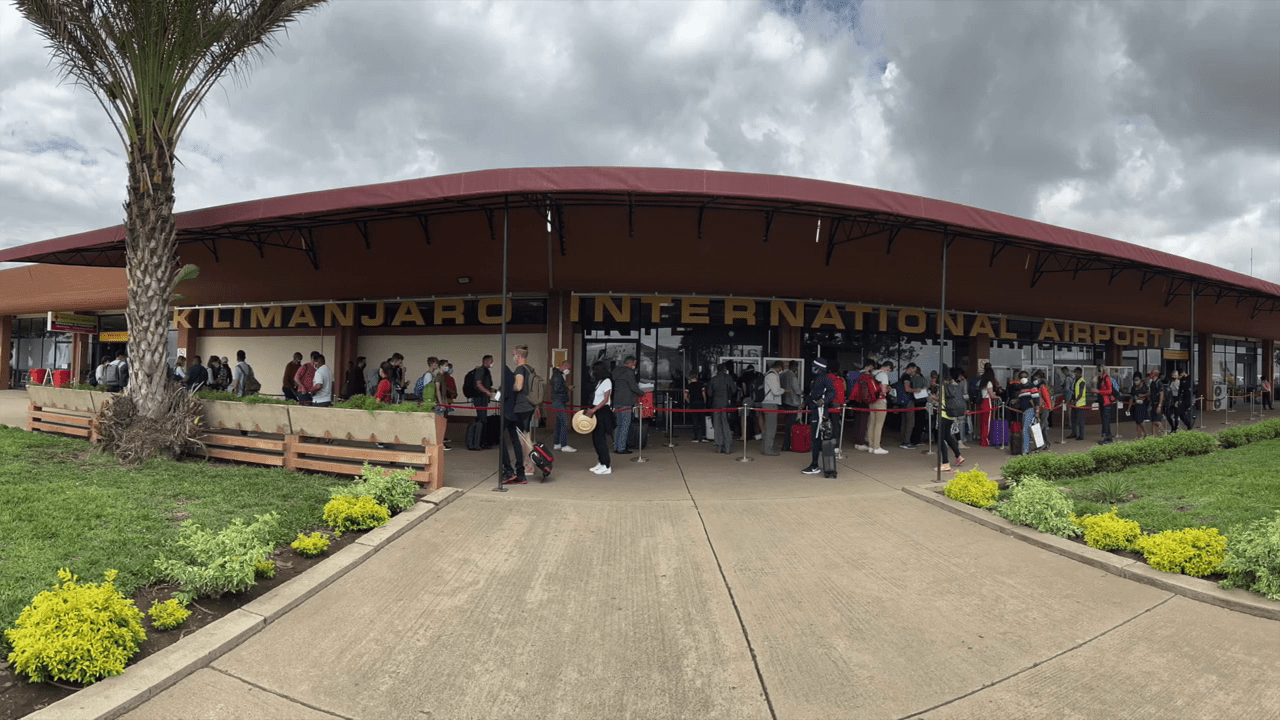
Are Guides Readily Available in Tanzania Without Prior Booking?
Are Guides Readily Available in Tanzania Without Prior Booking? Introduction: Should You Risk Climbing Without Pre-Booking? Climbing Mount Kilimanjaro is a dream for many adventurers.
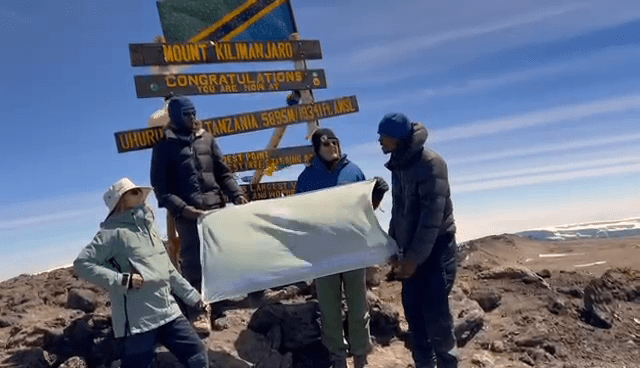
How Can I Find a Reliable Local Guide for My Kilimanjaro Expedition?
How Can I Find a Reliable Local Guide for My Kilimanjaro Expedition? Introduction: Why the Right Guide Is Key to Kilimanjaro Success Climbing Mount Kilimanjaro
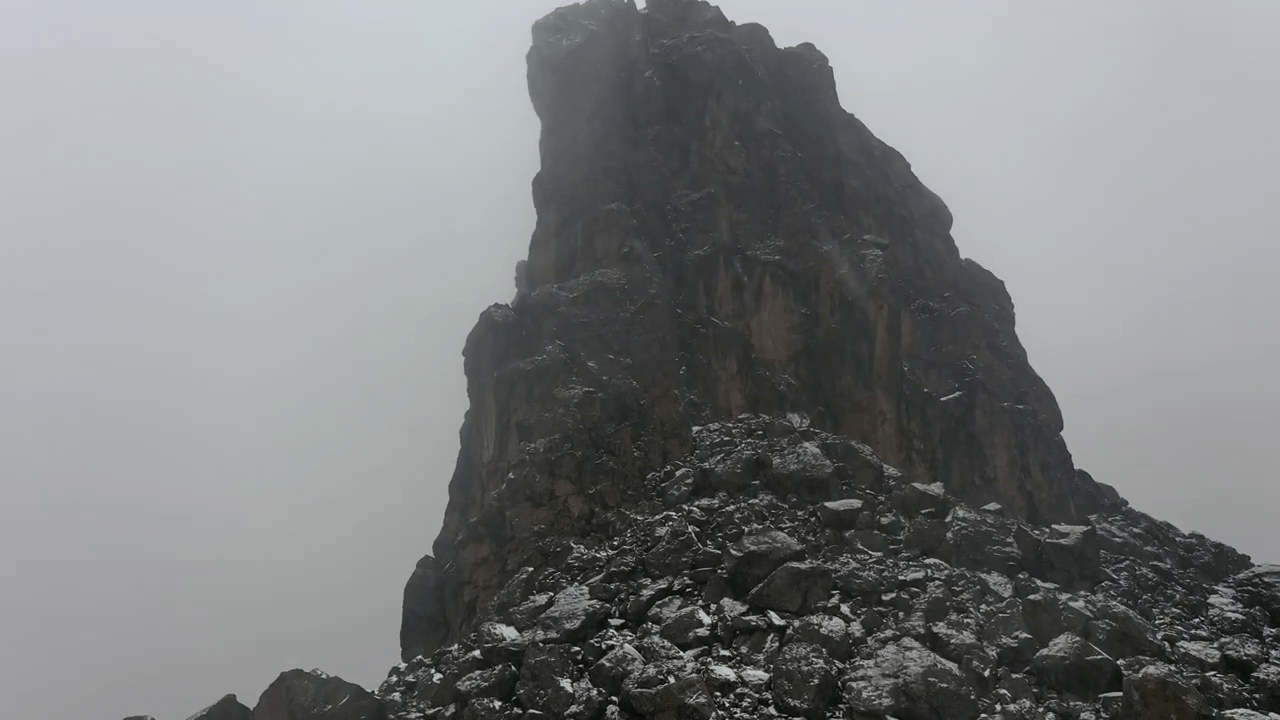
Is Climbing Kilimanjaro Dangerous for Individuals Without Mountaineering Experience?
Is Climbing Kilimanjaro Dangerous for Individuals Without Mountaineering Experience? Introduction: The Myth of Danger and Experience Many aspiring adventurers wonder if climbing Mount Kilimanjaro is
